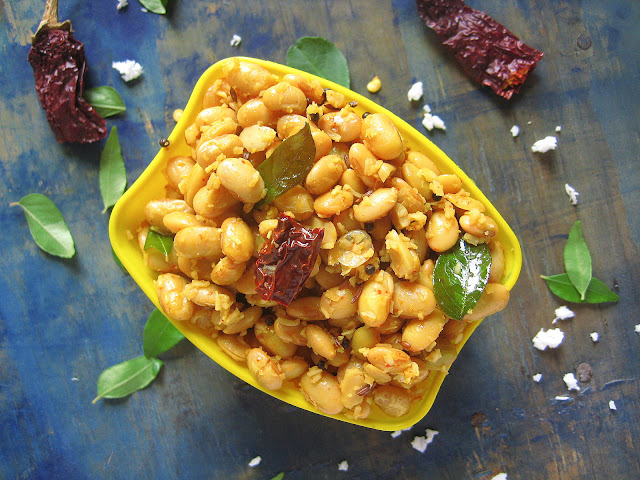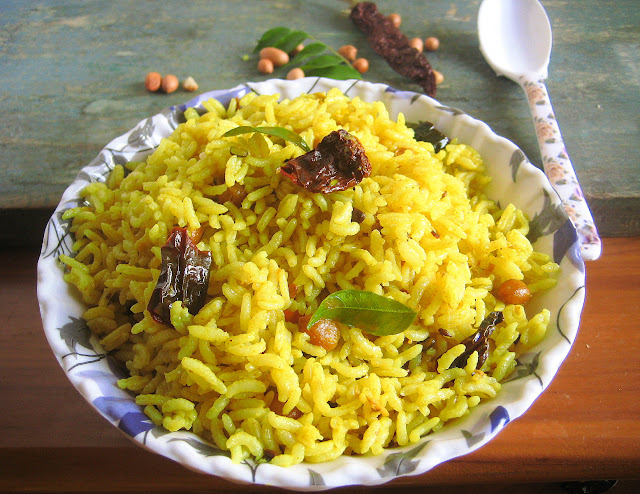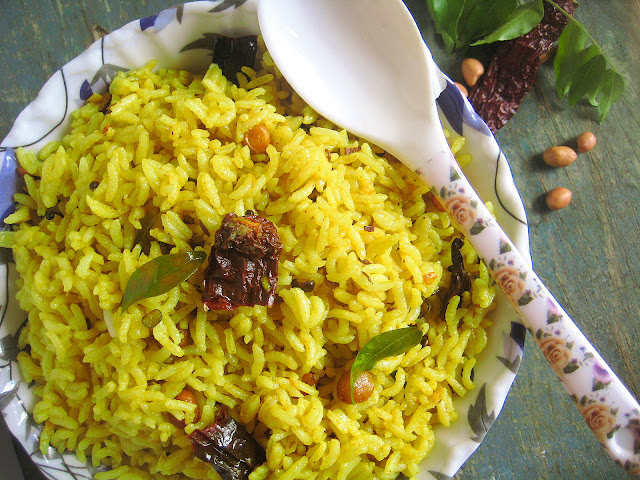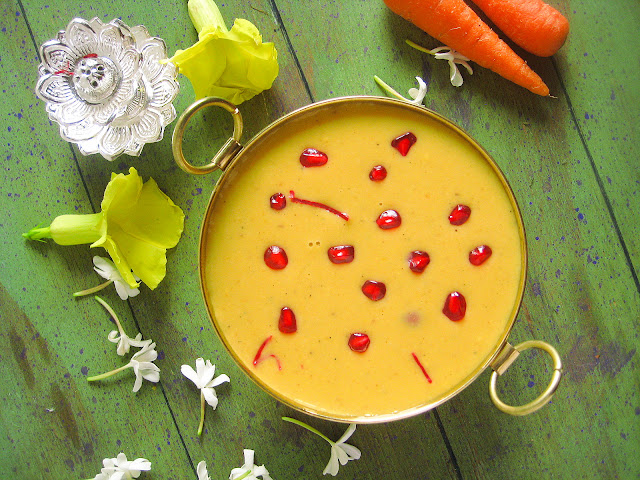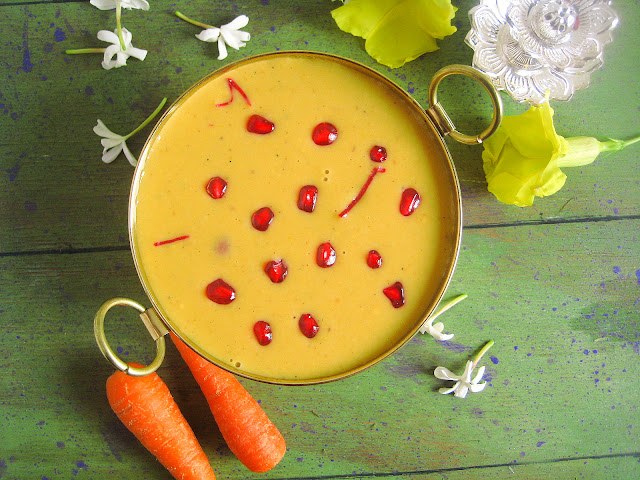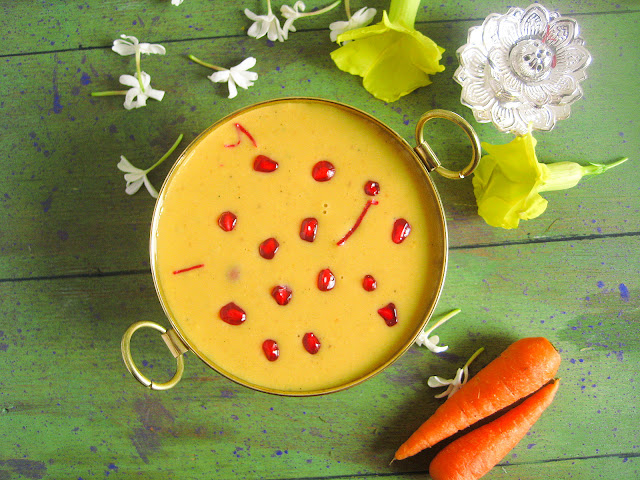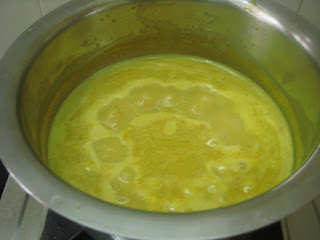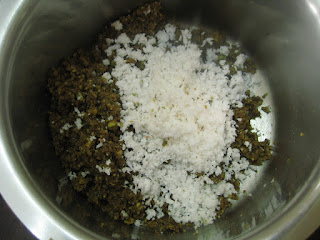Sundal Recipes for Navrathri / Soya bean Sundal Recipe
The dish
for the third day of Navrathri is one kind of a sundal recipe. It is soya bean
sundal which is very healthy and tasty too. Soya beans are considered to be one
of the healthiest bean varieties that are available in our country. It is known
to be a good source fiber, calcium, Vitamin B and omega-3 fatty acids. Soyabean
is the richest plant source of proteins. Hence it is always recommended to
include soy products in our diet.
Consuming
soyabean during this festive season not only keeps us healthy but also gives us
the extra energy that is required to complete the extra activities during this
Dussehra season. It does not take much time to prepare this sundal variety. The
ingredients that are required to prepare this soyabean sundal are also very
basic that we have in our kitchens regularly.
It is
said that for each day of the nine days of Navrathri, we prepare each variety
of sundals with the Navadhanya - namely - Bengal gram ( channa dal ), wheat (
godumulu ), Horse gram ( ulavalu ), Green gram ( Pesara pappu ), Rice ( biyyamu
), White beans, black sesame ( nalla nuvvulu ), Chickpeas ( kommu senagalu )
and Black gram ( minapappu , urad dal ).
I have
already shown the recipe for the chickpea sundal. Today, I am posting the
recipe of soyabeans sundal. While the chickpea sundal is offered to the planet
Mars, the soyabean sundal is offered to the planet Venus. The other navadhanya
sundals are offered to other planets accordingly.
The
soyabean sundal is very delicious as an evening snack. This is also very good
for an after-school snack for kids. Soyabeans are low in fat, yet are very
filling. Prepare this easy sundal for this Navrathri season and enjoy with your
family. Happy Navrathri!
Preparation
Soak
soyabeans overnight or atleast for 5 hours. Drain the water from the soyabeans
and cook them in a pressure cooker for until 4-5 whistles.
Once the pressure is off from the cooker, remove the excess water and keep the cooked soyabeans aside. If you wish you can remove the skin of the soyabeans that are already out from them. Take oil in a pan and put it on stove.
Once the oil is hot, add mustard seeds and cumin seeds.
When they splutter, add red chillies and curry leaves.
Add a little turmeric and sauté for a minute.
Pour the cooked soyabeans. Add salt and mix well.
Throw in the grated coconut and mix well.
If you want a little spicy, you can also little chilli powder. Mix well and switch off the flame. Serve to God as Prasadam and to your family as well.
Once the pressure is off from the cooker, remove the excess water and keep the cooked soyabeans aside. If you wish you can remove the skin of the soyabeans that are already out from them. Take oil in a pan and put it on stove.
Once the oil is hot, add mustard seeds and cumin seeds.
When they splutter, add red chillies and curry leaves.
Add a little turmeric and sauté for a minute.
Pour the cooked soyabeans. Add salt and mix well.
Throw in the grated coconut and mix well.
If you want a little spicy, you can also little chilli powder. Mix well and switch off the flame. Serve to God as Prasadam and to your family as well.
Ingredients
Soyabeans
1 cup
Oil / Ghee 1 tsp
Mustard
seeds 1/2 tsp
Cumin
seeds 1 tsp
Curry
leaves few sprigs
Red
chillies 2
Salt to
taste
Grated
coconut 2 tbsp
Turmeric
power 1/4 tsp
Chilli
powder 1/2 tsp ( optional )
Method
- Soak soya beans in water for atleast 5 hours.
- Pressure cook the beans for upto 4-5 whistles.
- Drain the excess water and keep the beans aside.
- Heat oil in a pan and add oil in it.
- Add mustard seeds and cumin seeds.
- When they crackle, add curry leaves and red chillies.
- Saute for a minute and put the turmeric powder.
- Add the cooked beans and salt. Mix well.
- Sprinkle the grated coconut and little chilli powder all over the beans.
- Mix well and switch off the flame.
- Offer as Naivedhyam to God and enjoy with your family.
Notes
- This kind of sundals can be prepared with other bean varieties as well.
- You can also add peanuts, channa dal, urad dal etc., while tempering.
- This is no onion-no garlic recipe. But if you are not offering to God, then you can also add finely chopped onion and ginger pieces for the extra crunchiness.
- You can also use ghee instead of oil for tempering.
